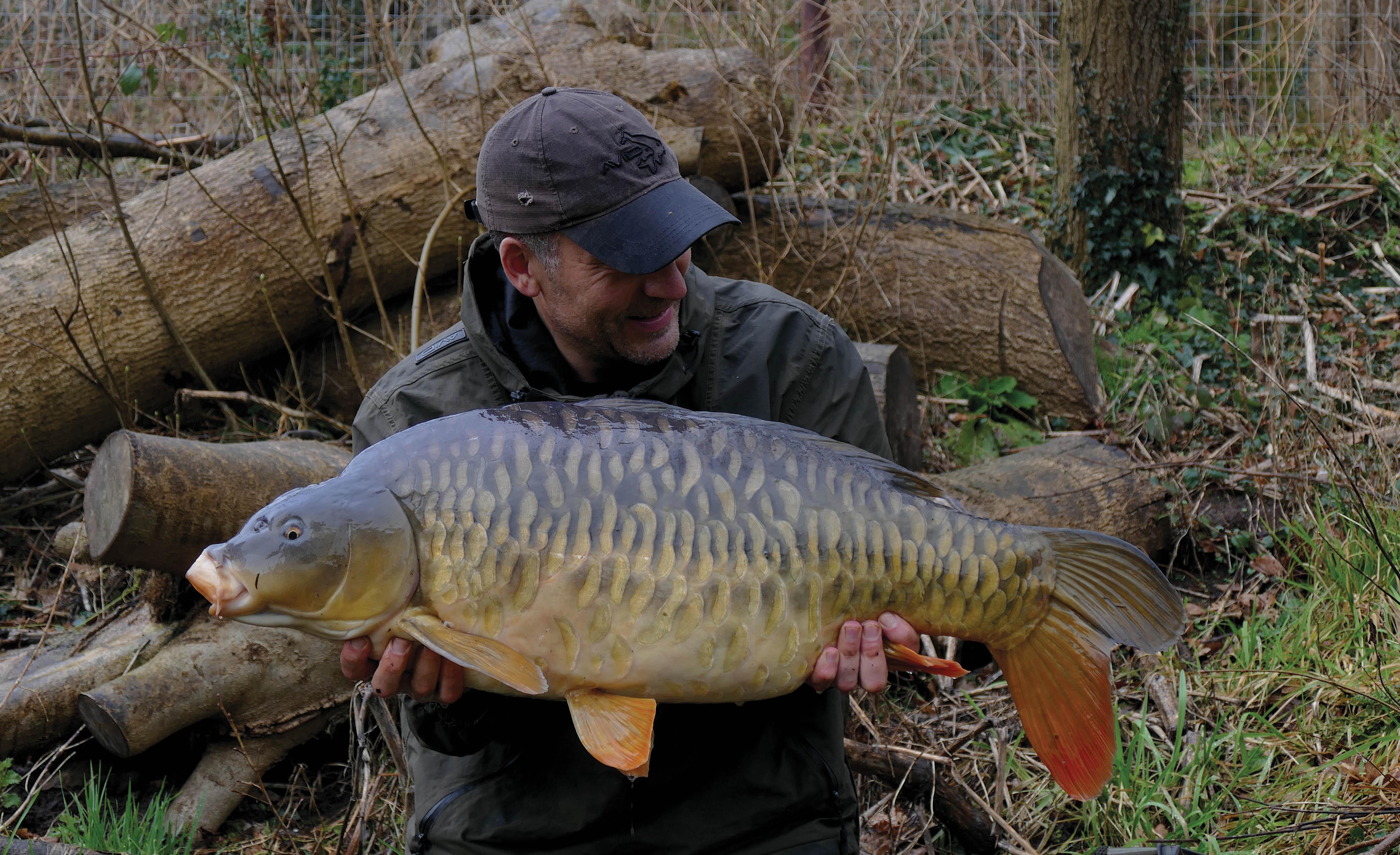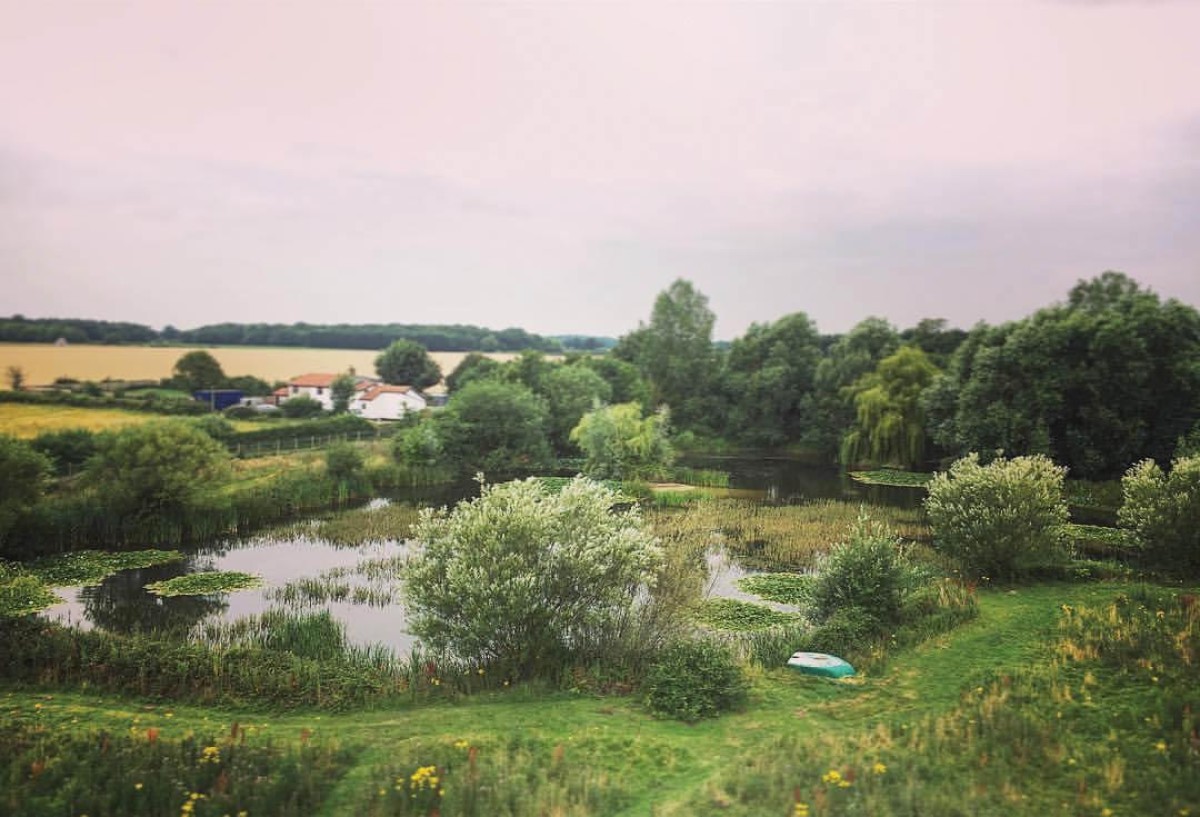
'10 Things I've Learned About Small Water Carping'
Taking on a small, pressured venue? Here’s what Simon Crow has learnt from cracking such venues (think: Redmire, Spitfire Pool and Echo Pool)…
1. The Hardest Waters To Fish
Of all the different types of venues I’ve fished, small waters are the trickiest, certainly if they have a lot of regular angling pressure. On big waters it’s mostly about finding the carp, but on small waters location isn’t an issue; you know where they are. Other factors are more important, and the fishing can become very frustrating. You keep seeing the fish and they keep seeing your bait. The trouble is, they don’t show any interest in it. You can pull your hair out waiting for them.
Of course the stocking density of the water plays a significant part in the difficulty of the fishing. Where it’s a high, the fish might have to feed on bait regularly so they get very spooky, especially with rigs. The environment they live in will be very tense because they can’t escape the lines and ‘danger’ from anglers. It’s there every time they do a circuit, and they are constantly on edge and start doing things that natural carp don’t do. Their basic instinct is to feed in the morning and evening but instead they take chances more often. This is where clever angling is needed to succeed, being smart with everything that you do. There’s no shortcut to success; you have to be on the top of your game.
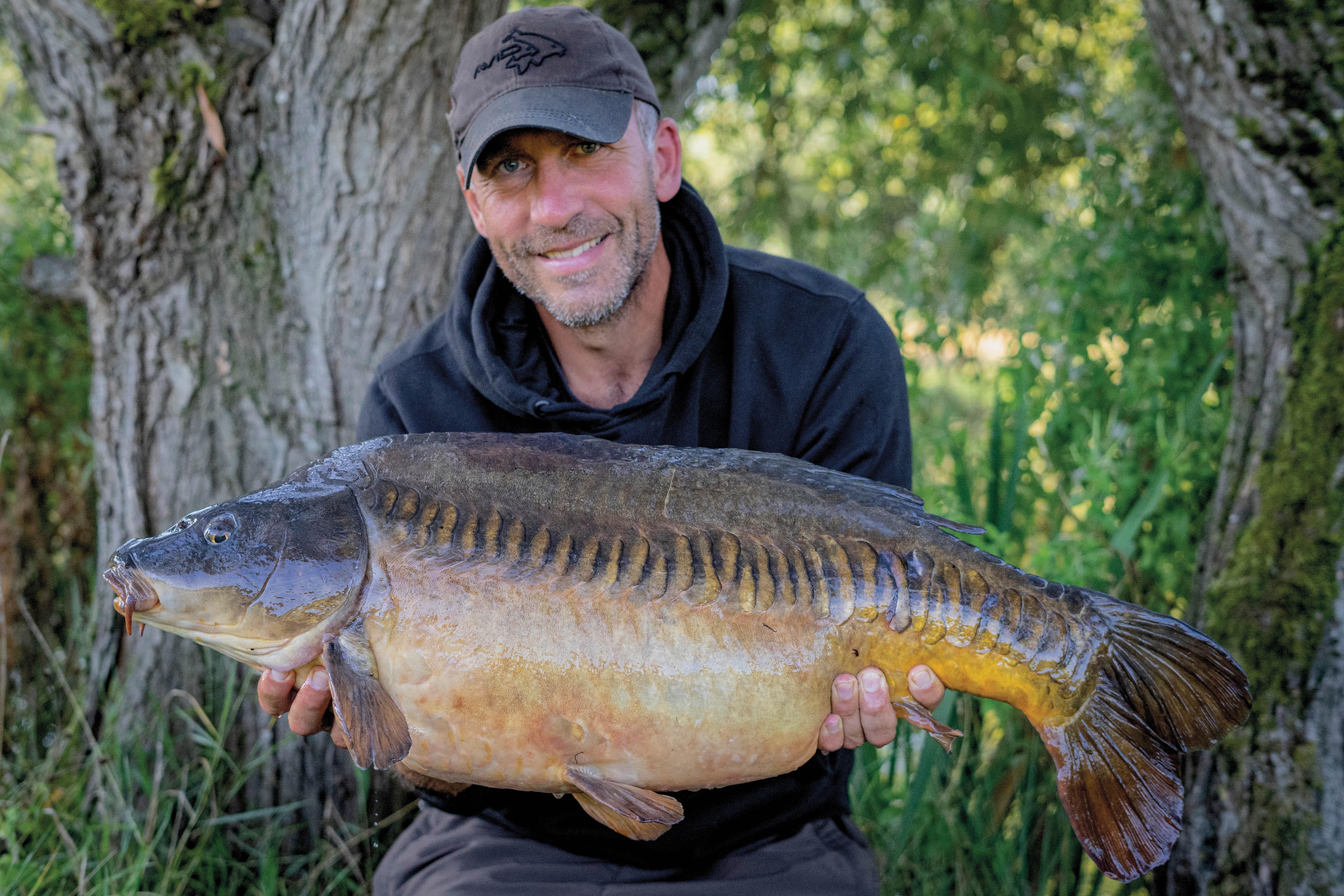
2. They Know You Are There
I learned so much about small venues when I was a lad. Most fisheries in my local area were farm ponds or estate lakes. I remember one called Wergs Hall where everyone fishing it used to say, once you came through the gate the carp hid away. It was crazy to see how they behaved. It was like there were no carp in there until the closed season when the place came alive with them. If you made any noise on that venue you may as well not bother fishing it. It wasn’t a place for bivvy mallets or Dom Jolly mobile phone users. The anglers who cracked that place were ultra-stealthy. They floated around the lake in silence, their rods went out first cast and they just blended into the background. It was how you fished that water and I know from experience it works the same on all small waters. If you don’t tell the carp you’re there, you’re one step ahead. That means no talking, no banging, and if you can hold your breath long enough, no breathing!
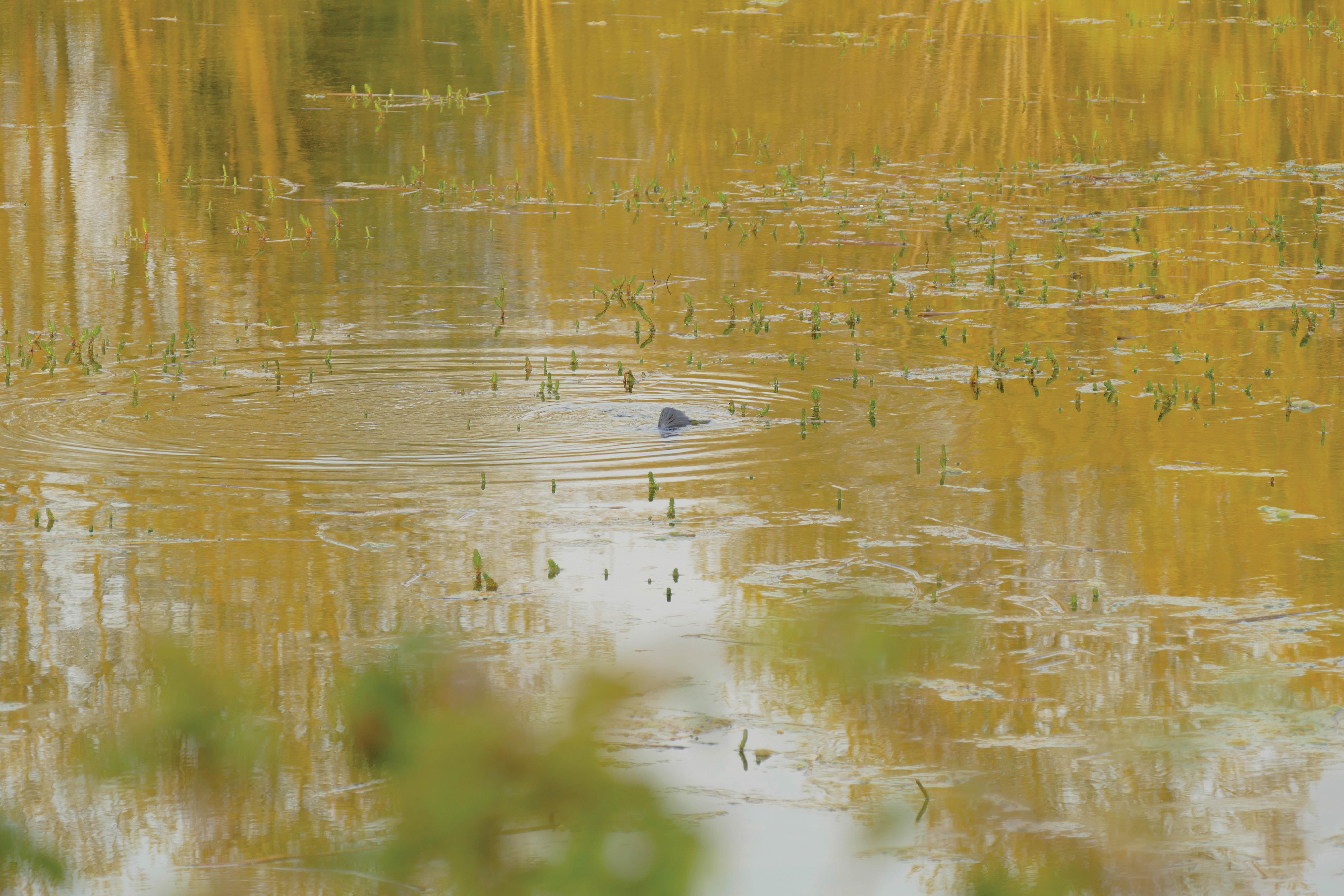
3. Covert Carping
Small venues aren’t the place for bright coloured shirts or trousers; you need to blend in. Be camo-man, even if you look like a tree! It’s not just yourself that needs to hide away—be aware of every item of tackle you use. If you’ve shiny bankware, change it for black or get some camo-tape and patch up anything that might reflect the sunlight; it will all help in the long run. You need to be covert in your angling. This comes natural to some people but it’s very difficult for others. You need to set up as far back from the edge as you can and hide yourself away. If the swims are tight and you can’t do that, make yourself a camo-screen to hide behind. You can laugh all day long at someone using one of these screens but they are a definite edge on small waters.
Bait boats are another one too. I realise some guys don’t like them, but where’s the sense in being stealthy with your clothing and bivvy if you then go and turn the water into foam with 37 casts? Use whatever stealthy modes possible, because I promise that every little bit will help you along the way. Being covert and stealthy should be at the forefront of your mind more than anything, including rigs and bait.
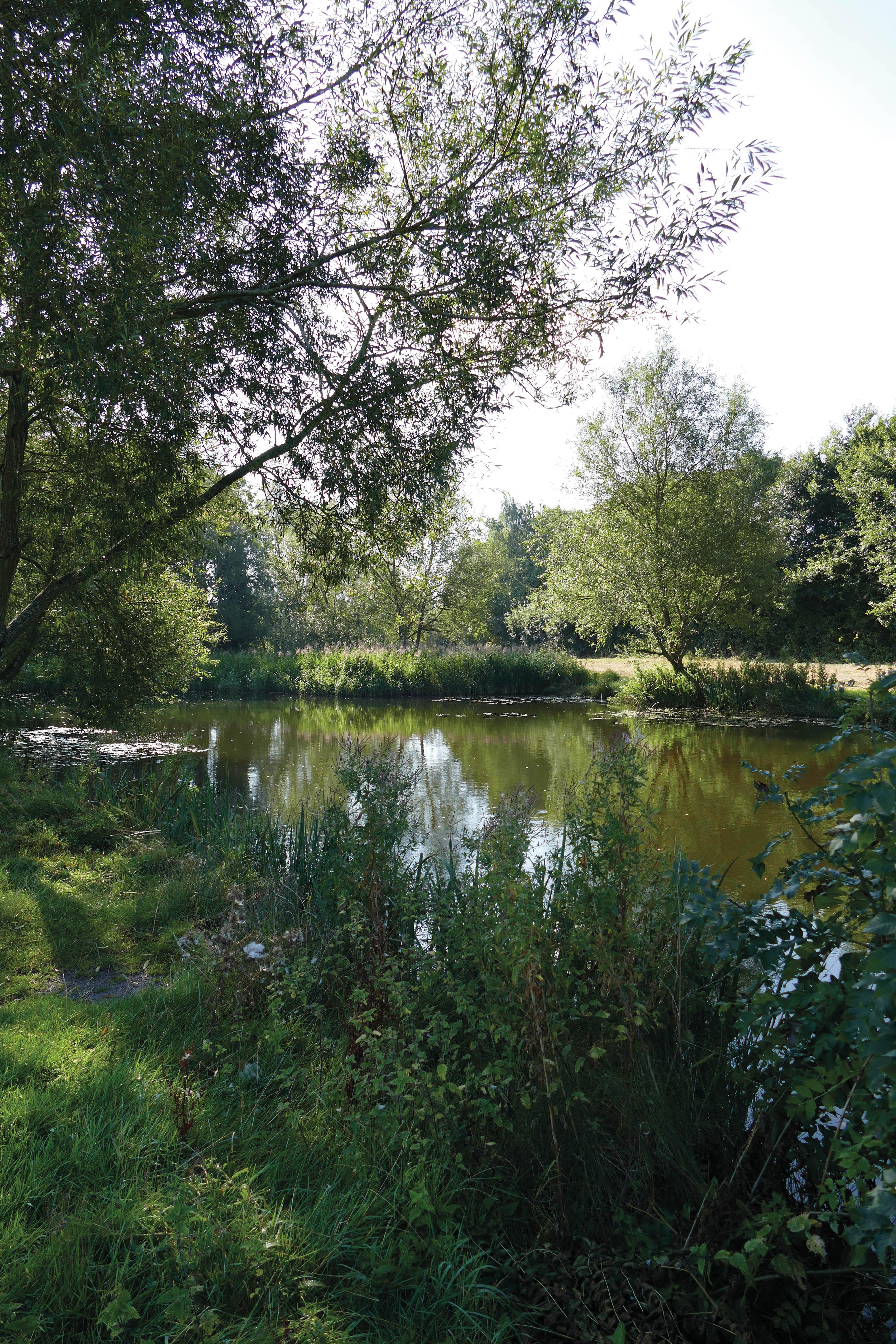
4. Carp Behaviour
Generally speaking, the carp in small waters go round and round the lake all day long. They do circuits checking out their environment, often passing any rigs and bait showing no interest whatsoever. There will be a place on that water they call their ‘home’, somewhere they feel more comfortable. It might be a set of snags, some lilies, a deeper depression or indeed something out of the ordinary. On one lake I used to fish it was an old shopping trolley. It was the only feature on the lake and everyone used to fish to it. It did the odd bite in the early part of the season when the carp were waking from winter but it was so pressured they learned not to pick up from there. The behaviour of the carp in a small water is defined exactly like this; because they do so many circuits of the venue, they know every little part through familiarisation. This makes the fishing very ‘spotty’, where you’ll get one or two bites from one spot and then it will go completely dead. It might take several months or indeed years before you get another bite off a spot that’s been ‘marked’ by the fish. I remember one taking two seasons between bites despite lots of effort. Of course every lake might not be like this but be prepared for it to happen.
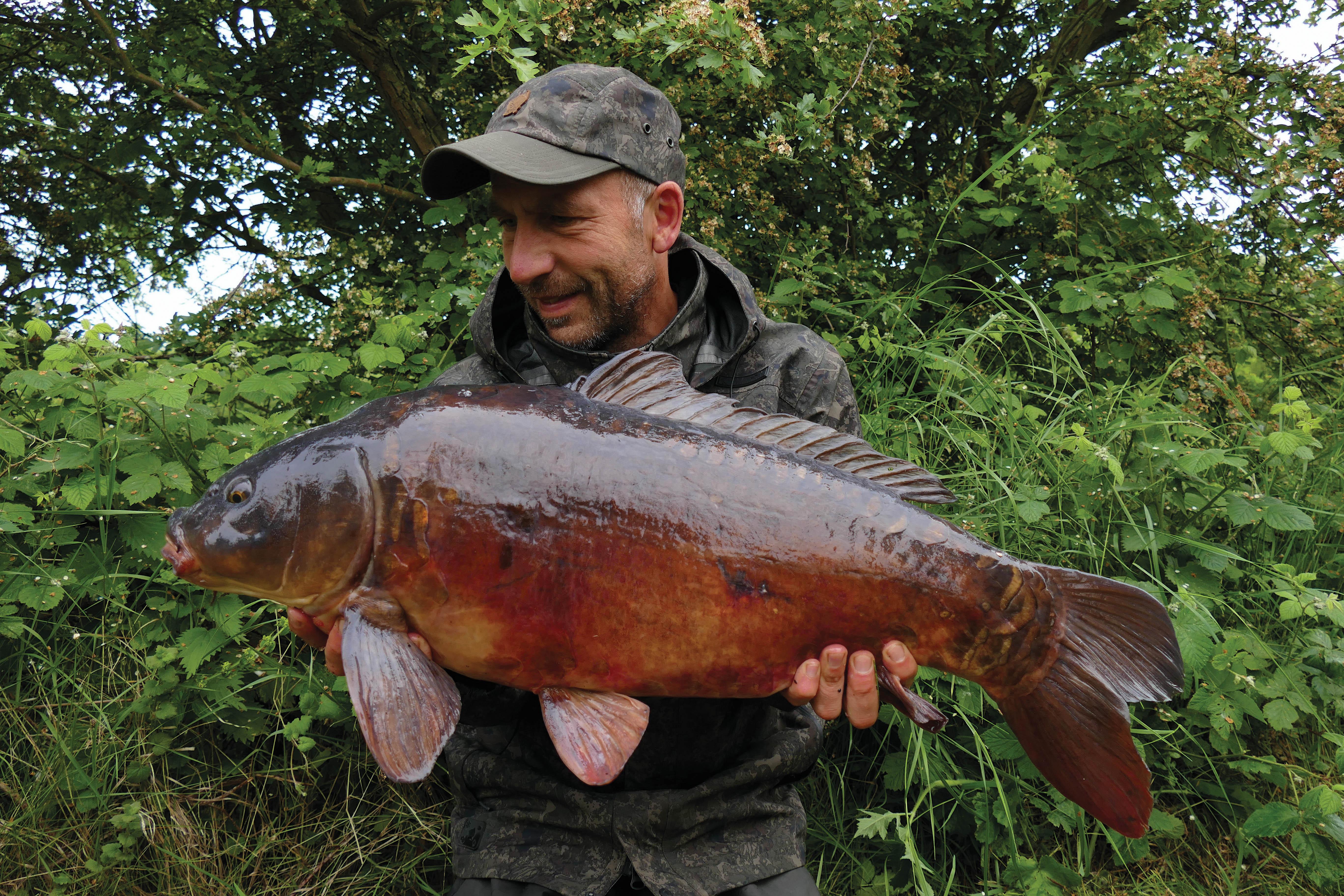
5. Accuracy is the Key
Because of the ‘spotty’ nature of small waters, accuracy becomes a key part of success. Getting regular opportunities can be down to a matter of inches, especially if the lake is fished a lot. When I caught the Wood Common from Spitfire Pool, I remember seeing that fish in an area where there was a big pile of uneaten bait. It wasn’t at all interested in the bait yet I knew the fish had been in that part of the lake for two weeks. I’d seen it there on a trip two weeks earlier. There was no point adding to the problem by putting out more bait. It was more down to finding a spot close by where it would pick up from. It looked catchable two weeks earlier but I couldn’t get in that swim because my mate was fishing it. Then someone else was in there the week after and when my turn came around the following week I gave it 24hrs with my first cast. When nothing happened, the next day I reeled in and recast to another spot only a few inches away. That proved to be the ‘spot’ when the following morning it was away! Of course we all need a dose of good luck, but in my mind it was accurate casting and an awareness to how ‘spotty’ small waters can be that lead to my capture of the Wood Common.
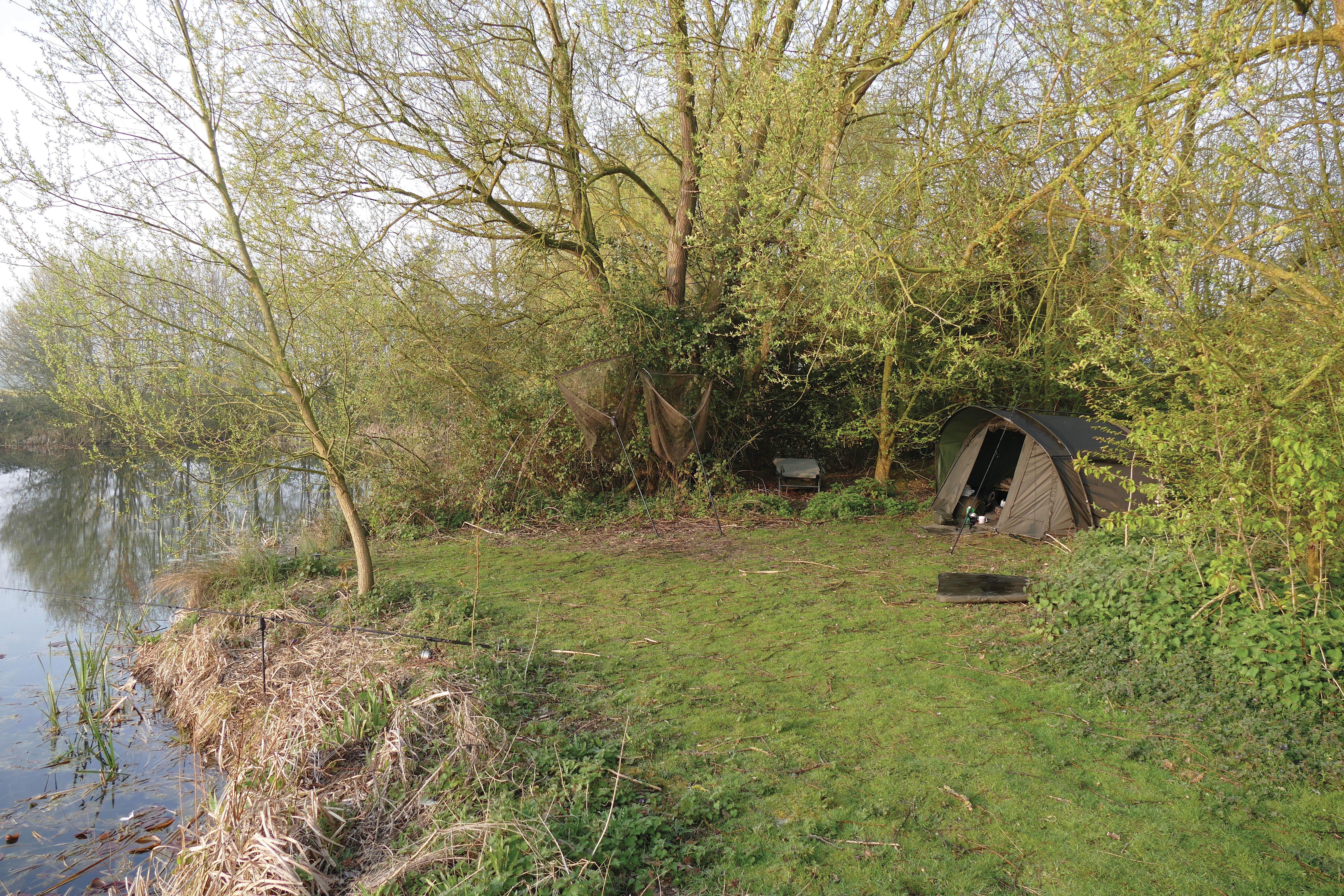
5 Tips For Spitfire Pool
Should you ever be lucky enough to fish this amazing pool, then take note; however, these are all relevant to super pressured, small venues
1. Disturbance to a min
Be as covert as possible, the fish are ultra spooky of any bankside disturbance.
2. It’ll be harder if…
The weedier it is, the harder the fishing is likely to be because of the naturals.
3. Think: light
When the weed is up, keep baiting to a minimum and use single hookbaits.
4. Up high
Keep as much line out of the water as possible as they spook on it.
5. Long-term
Be prepared to leave your rods in place for longer than 24hr periods.
6. Sticks over Pods
If you’re a regular user of rod pods, on this kind of water more than any other, now is the time to convert to single rod banksticks. Fishing in a ‘robotic’ style is not for small waters. You need to be versatile as you’ll feel ‘boxed in’ by other anglers and the tight nature of the fishing. Having the rods on their own sticks helps to create space, not only where you’re set up on the bank but also between the lines. This helps landing the fish easier and more importantly, it reduces the tension in the water. It’s a known fact that carp are line shy. The more you can keep out of the water, the less chance it has of spooking the fish. Too many lines close together is therefore asking for trouble, which is where the single banksticks help no end. Space the rods apart, giving ample room between them so you can deal with any fish. Their use also helps to poke rods through bushes in discrete spots, keeping the line following the contours of the lakebed and reducing how much is in the water. The less line there is out, the less chance the fish will spook from it.
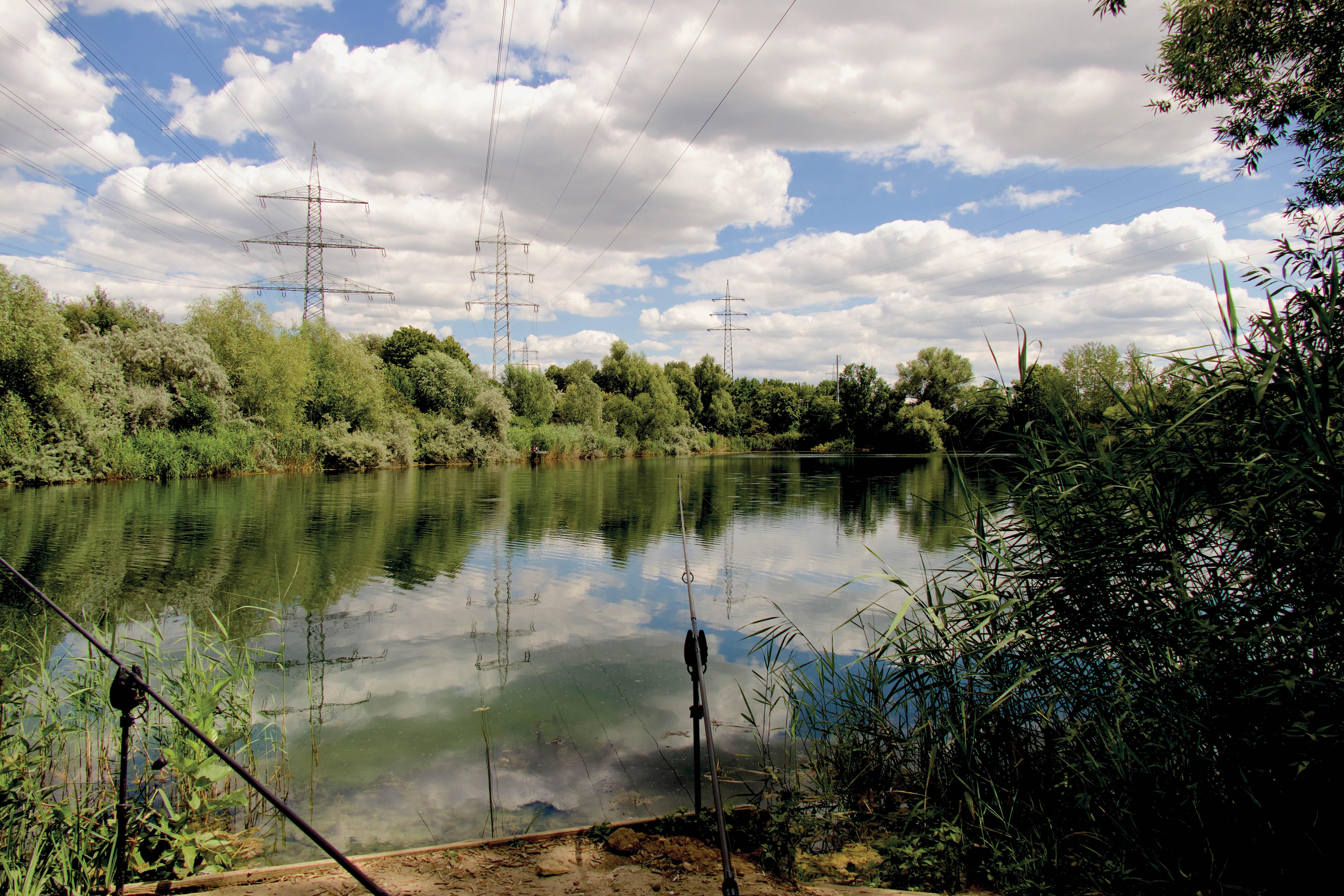
7. Slack or Tight?
I’m known for fishing tight lines on most places I visit, mostly because indication is better. If there’s one type of water where I might go for slack more often than not, though, it’s on small waters. My reasoning for this relates to the comments I made in the bit about sticks over pods. Tight lines on a small venue will increase the ‘tension’ in the water, especially if there’s a few other anglers on there. Regardless of carp being pretty simple creatures, they aren’t daft when it comes to knowing there is danger about. Tight lines send vibrations to the fish in the same way telephones work. Do you remember being at Primary school and the teacher telling you to take a long length of string, attach a plastic cup at either end and to pair up with someone? You’d then stand at one end of the room with your mate at the other, putting the cup to your ear listening for their voice? If the line was slack you never heard a thing, but when it went tight you heard everything. The same happens in a lake, and the smaller that lake is, the more tension it puts on the fish. Of course you can still fish tight in small waters because your decision should also depend on how far out you are fishing, whether there’s any obstructions about, the depth of the water and if the vibrations will be cancelled out by the line touching the lakebed etc. Just be aware that tight lines, noise on the bank and lots of anglers results in super-spooky fish.
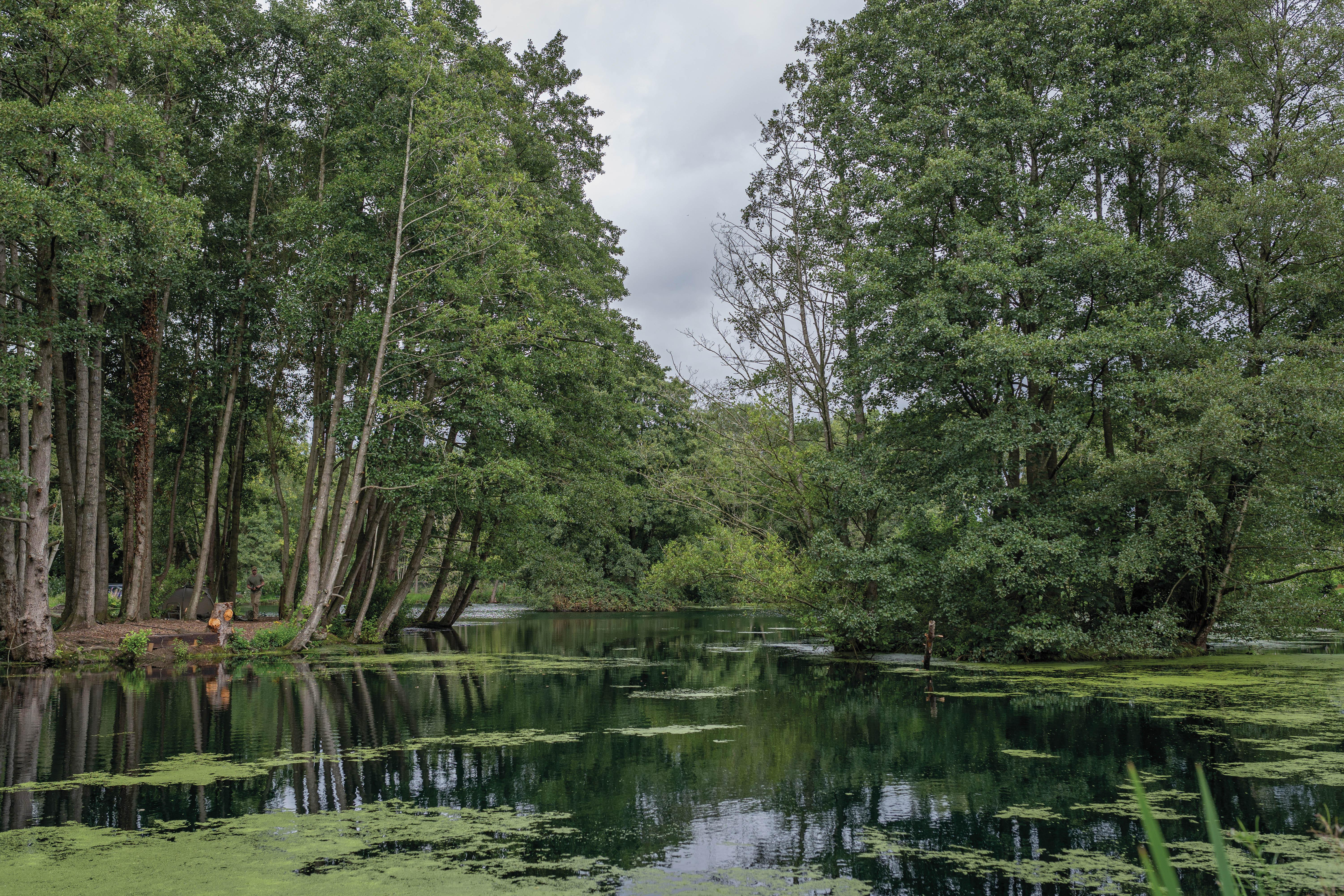
8. Marginal Features
We all know how much carp love features. Not only do they make them feel safe, they use them as guidance when moving around a lake. The obvious features on small waters get battered by the anglers, things like islands, snags, lilies, etc. However, the close in margins get overlooked by lots of lads, many believing the carp won’t come in that close. Well they definitely do, especially at night when everything calms down on the bank. I’ve caught some tremendous fish from the margins at my feet at these kind of venues. This is where using the single rod banksticks comes in handy. Look for areas between swims where there might be a bit of cover such as overhanging bushes, trees or just dead ground. Better still, if there’s a bit of the bank that has no fishing on, the carp will soon latch onto this and start visiting it.
As an example, Emmotland in East Yorkshire has several small ponds on its site. Pond 2 which is about 2-acres has swims all around but one area between two swims has a decent piece of bank that’s overgrown where anglers can’t access. It’s only 30yds long but the carp hug that margin all the time. Not everyone notices it, but those that do catch plenty with a bait fished close to that area.
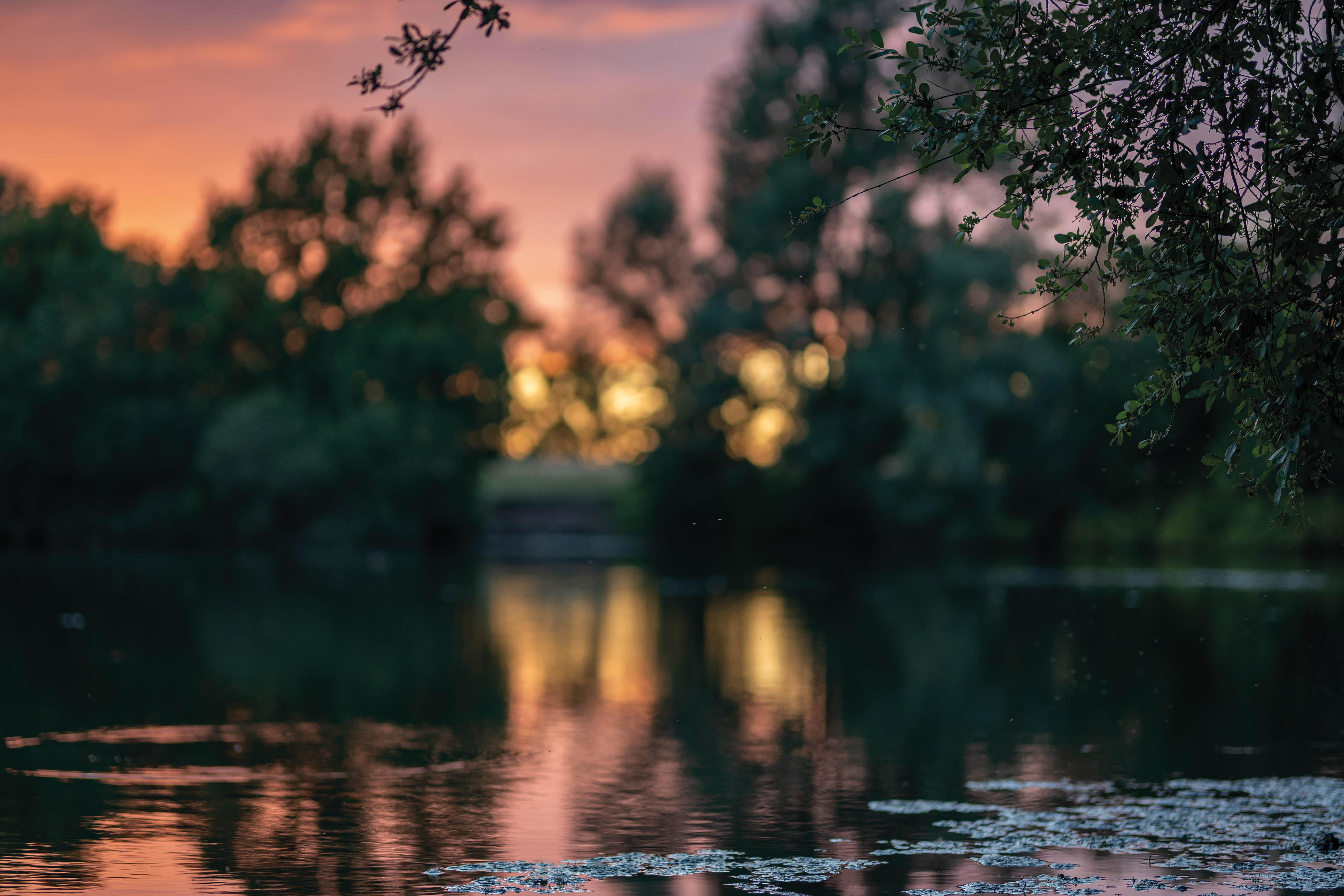
9. Be Different
This saying has become a bit of a cliché on most carp waters, but on small waters more than any this is where you’ll excel if you can do something different to the norm. A good example I can use here is when I caught the big common from Echo Pool, France, at 83lb. There is a no fishing bank on that tiny water which is where the owner’s house is. Anglers fish from the opposite bank, and everyone fishes tight to the no fishing bank using a bait boat. Most folk that use bait boats use the same tactics wherever they go: just a handful of bait around the hookbait. The carp get conditioned by this and anyone who can come up with something a bit different always scores well. The owner confirmed to me that no-one ever ‘filled’ the lake in, so that’s what I did. I loaded the boat to the brim with bait, boating it over to the far margin with several kilos of boilies and pellets on numerous trips. I was there for the week so if the fishing started off slow I had plenty of days to wait. The rod remained silent until halfway into the trip when I hit into an absolute beast of a carp. I knew it was a good fish from the off, and when it turned out to be the lake record at 83lb I was blown away. The moral of the story is: try and be different to the norm and you’ll drop the guard of the fish.
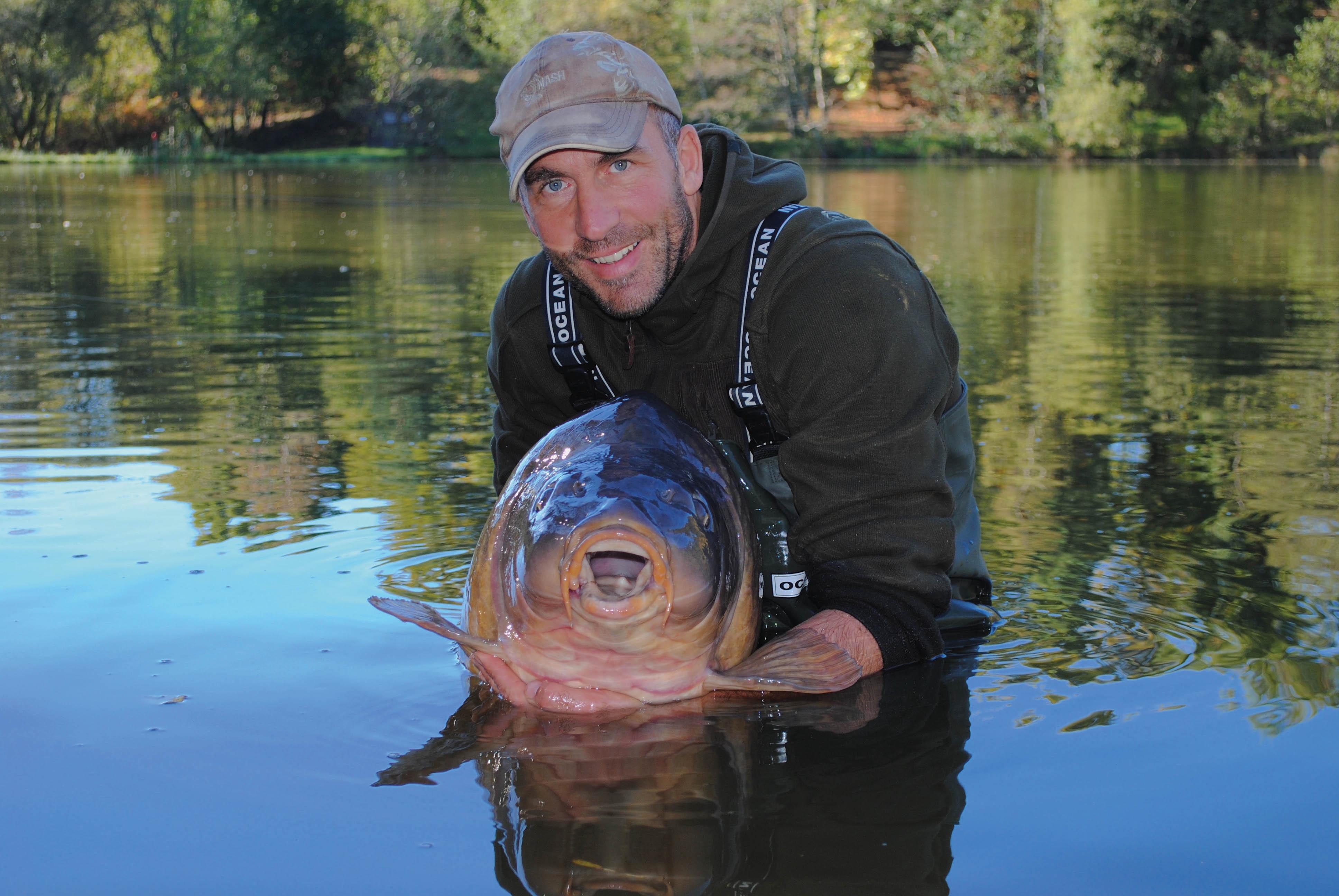
10. Consistent Baiting
Another way of dropping the guard of the fish is to apply some prebait. This is one of the best ways of increasing the confidence of the fish so if you’re going to target a small water, you have to implement it into your fishing. Little and often is the key, starting in the early part of the spring and following it through the year. You might not see any rewards for several weeks because that’s the nature of small waters. They can be very moody and an absolute pain to crack. However, if you do it with some consistency, baiting two or three times a week in spots you know the carp visit, I guarantee you’ll see improvement in your results. This will usually come towards the back end of the summer as the year moves into autumn. It’s when the carp always go on a binge as the natural foods begin to diminish. I saw one lad catch the entire stock of carp one season by prebaiting consistently. It takes a lot of effort, and that’s why it’s the die-hards that end up doing it well.
